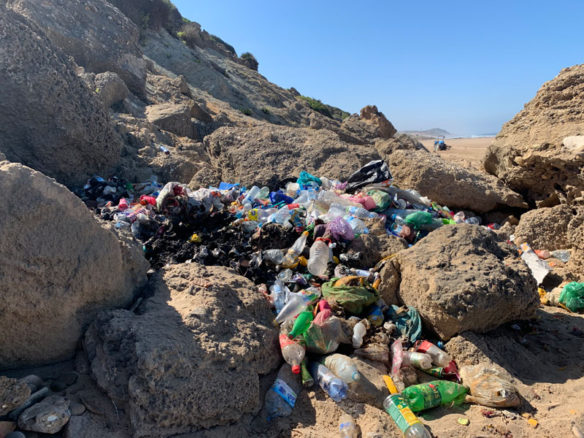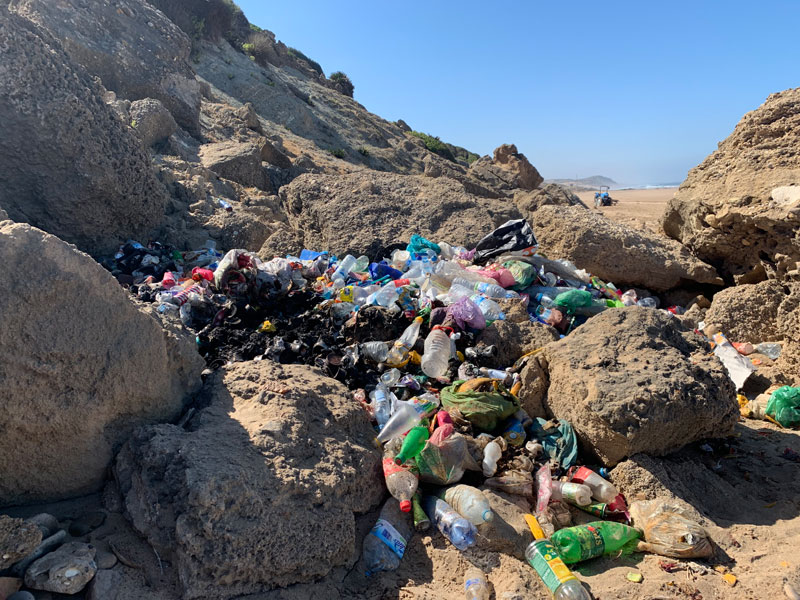
“The unprecedented plastic waste tide plaguing our oceans and shores, can become as limited as our chosen relationship with plastics, which involves a dramatic behavioral change on our part…”
Captions and Photo: © SAF — Coastal Care
Excerpts;
A huge floating device designed by Dutch scientists to clean up an island of rubbish in the Pacific Ocean that is three times the size of France has successfully picked up plastic from the high seas for the first time.
Boyan Slat, the creator of the Ocean Cleanup project, tweeted that the 600 metre-long (2,000ft) free-floating boom had captured and retained debris from what is known as the Great Pacific Garbage Patch…
Read Full Article; Guardian UK (10-03-2019)
Great Pacific garbage patch: giant plastic trap put to sea again; Guardian Uk (06-22-2019)
This floating pipe is trying to clean up all the plastic in the ocean; CNN (10-11-2018)
Remember that kid who invented a way to clean up ocean plastic? He’s back, and it’s happening; MNN (09-04-2018)
Boyan Slat’s solar-powered booms will soon be in the Pacific Ocean…
Inventor tries to conquer the “Great Pacific Garbage Patch”; CBS News (09-07-2018)
Boyan Slat’s Ocean Cleanup Project Launches Historic First Prototype at Sea, EcoWatch (06-23-2016)
Boyan Slat’s ambitious plan to rid the world’s oceans of plastic has taken another step towards reality with its first prototype to be tested at sea. The Ocean Cleanup Foundation, founded by the 21-year-old Slat, has deployed a 100-meter clean-up boom today in the North Sea in The Netherlands…
Plastic pollution: When The Mermaids Cry: The Great Plastic Tide, Coastal Care – ©2009
” Plastic is versatile, lightweight, flexible, moisture resistant, strong, and relatively inexpensive. Those are the attractive qualities that lead us, around the world, to such a voracious appetite and over-consumption of plastic goods. However, durable and very slow to degrade, plastic materials that are used in the production of so many products all, ultimately, become waste with staying power. Our tremendous attraction to plastic, coupled with an undeniable behavioral propensity of increasingly over-consuming, discarding, littering and thus polluting, has become a combination of lethal nature…
The unprecedented plastic waste tide plaguing our oceans and shores, can become as limited as our chosen relationship with plastics, which involves a dramatic behavioral change on our part…”









